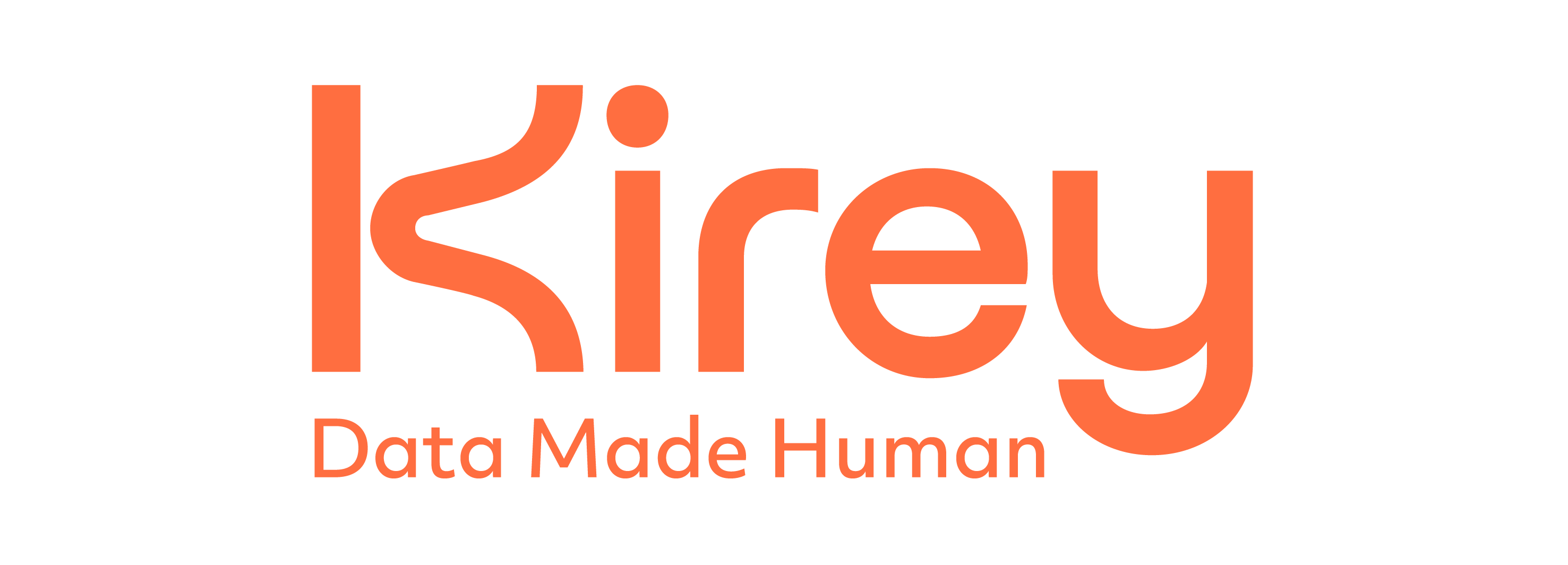By Valerio Mottin, Solution Development Manager – Digital Solutions Area di Kirey Group
“With data collection, ‘the sooner the better’ is always the best answer.” said Marissa Mayer, the famous engineer known for her pioneering career at Google and Yahoo. And while the technology is advancing at breakneck speed, we can say with certainty that for data the direction is just what Mayer suggested at the time: the sooner the better. In these past years, organizations were caught up in the wave of change generated by the advent of Big Data, but today the real challenge for those who want to adopt a data-driven approach is knowing how to read and aggregate data with extremely short processing times.
Now we’re moving from Big Data, which had as its primary objective the completeness of the information regarding users, usage patterns, and business processes, to Fast Data. These data have a different objective, which is to enable important business information to be processed and available in real time. In this way, organizations are able to respond promptly to the sudden changes with which the market evolves today. Think, for example, of the value of fast data in banking or insurance: the revolution that digital has brought to these sectors is precisely the ability to speak directly to the end customer, thus eliminating historical barriers and intermediaries.
Digital Integration Hub: a new architectural paradigm
In this context we are witnessing the rise of an architecture that actively responds to the need for a data-driven approach: it is the event-based paradigm that Gartner© calls Digital Integration Hub (DIH), which involves the inclusion of a data management layer that decouples communication between enterprise Systems of Record (CRM, e-commerce, etc.) and external channels.
This is a small revolution that overcomes the dynamics of traditional request-based infrastructures, which start by querying the system where the data is located to aggregate it from time to time as needed, taking a long time to return the required processing. Until now the most common solution has been a classic ETL system charged with processing data, transforming it, and loading it to be read by business intelligence tools. Implementing this type of traditional infrastructure required custom design and a high effort in terms of resources and time, not to mention the difficulty in guaranteeing 24/7 service.
As Kirey Group, we identified Mia-Platform Fast Data as the architectural solution that allows us to offer our clients the creation of their own Digital Integration Hub. The challenge is to provide a low-code platform that allows building an ETL with limited effort, starting from a set of APIs, microservices, and components already preconfigured, with significant benefits also in terms of quality and speed of configuration.

Why adopt the Digital Integration Hub model
With Mia-Platform Fast Data, organizations are enabled to adopt the Digital Integration Hub and, as a result, they gain 4 main benefits:
-
Lighter workloads for SoRs due to the decoupling of API services.
-
24/7 availability of API services that are scalable and reliable.
-
Responsive and fast systems available to end users, providing a better user experience
-
Ability to monitor the progress of requests in near real-time
Finally, Mia-Platform Fast Data is built according to the Data Mesh paradigm, a particularly current approach that sees data considered as an end product, to be read as it is. This is a different interpretation than in the past, when instead aggregation was always required before having the data available, and it points to the future direction for all those who deal with data.
As a system integrator, it is critical for us at Kirey Group to be able to offer tools and instruments such as those proposed by Mia-Platform, which facilitate the realization of the design of what Gartner© calls a composable enterprise, that is, an organization that-through an evolution of its structural foundations and application architecture-is able to adapt and actively respond to the sudden changes in the market.

